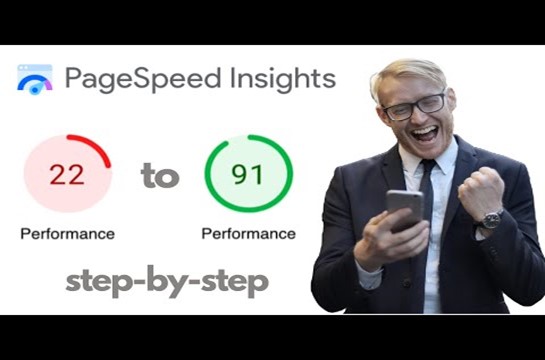How to Improve the Loading Speed of a Web Page
The search results provide a range of information related to text summary tools, methods for summarizing content
– Brief Overview Of The Articles Content
The search results provide a range of information related to text summary tools, methods for summarizing content, legislative powers in the United States, and tips for writing effective summaries. Additionally, some of the results mention formatting and spacing text, using workbooks to improve writing skills, and the importance of good topic sentences. Based on the search results, a possible brief overview of the article’s content could be:This article provides an overview of various resources and methods for summarizing content, including text summary tools and tips for effectively condensing information.
Improve the Loading Speed of a Web Page
It also touches on topics such as legislative powers in the United States, formatting text, and improving writing skills through the use of workbooks. Finally, it explores the importance of crafting effective topic sentences that share new and relevant information with readers.

Understanding Page Speed
Understanding Page Speed is an essential aspect of optimizing website performance. The appearance of text on a page depends on a complex interaction of processes called text composition . It’s important to consider the word spacing and letter spacing to make the content easier to read. In addition, a well-formatted page with proper paragraph indentation and breaks can enhance the readability of the content. The speed and simplicity of online research is crucial , as the faster a page loads, the better it is for user experience.
Therefore, it’s essential to ensure that your website’s page speed is optimized for your visitors. One way to do this is to adjust the size and format of images and videos to make them load faster. Ultimately, understanding page speed and taking steps to improve it can result in better user engagement, improved conversion rates, and overall success for your website.
– Definition Of Page Speed

Page speed refers to the amount of time it takes for a webpage to fully load and become ready for users to interact with. It includes factors such as how quickly the server responds to requests, the size and complexity of the webpage’s content, and the speed of the user’s internet connection. A fast loading website can improve user experience, reduce bounce rates, and increase conversions. In contrast, a slow loading website can frustrate users and lead to a poor user experience. Therefore, optimizing page speed is an important consideration for website owners and developers.
– Explanation Of The Factors That Can Affect Page Speed
Page speed refers to how quickly a webpage loads and displays its content. There are several factors that can affect page speed. One of the most important factors is the size of the web page. Larger webpages take longer to load, especially if they contain high-quality images or videos. Another factor is the number of HTTP requests that the page makes. Each request adds to the loading time of the page. Code bloat can also negatively affect page speed. This refers to code that is unnecessarily large, redundant, or uses inefficient coding practices.
JavaScript files can also slow down page loading time. Some JavaScript files are particularly large and take a long time to download and execute.Finally, the performance of the web server hosting the page can also impact page speed. A slow server can take longer to respond to requests, causing delays in page loading time.To optimize page speed, it is important to minimize page size, reduce the number of HTTP requests, optimize code to reduce code bloat, and use efficient web servers. By considering these factors, website designers can ensure that their webpages load quickly and provide a smooth user experience.
– Overview Of How Page Speed Is Measured
Page speed is an important factor that affects the user experience and ultimately, the success of a website. To measure page speed, there are several metrics that are commonly used. One of the most widely used metrics is the page load time, which is the time it takes for a web page to fully load in a user’s browser. This includes the time it takes to fetch all resources such as images, scripts, and stylesheets, as well as the time it takes to render the page on the user’s device.Another commonly used metric is the time to first byte (TTFB), which is the time it takes for the server to respond with the first byte of a web page’s content after a user makes a request.
TTFB can be affected by factors such as server response time, network latency, and the size of the requested resource.In addition to these metrics, there are various tools available that can be used to measure page speed, such as Google’s PageSpeed Insights and WebPageTest. These tools can provide insights into specific areas of a web page that may be causing slow page speed, as well as recommendations for optimization.Overall, measuring page speed is an important part of optimizing a website for a better user experience and improved performance.
By understanding these metrics and using the right tools, web developers can make informed decisions and improve the speed and performance of their websites.
Conclusion
In conclusion, improving your website’s page speed is crucial for providing a positive user experience and boosting your search engine rankings. By utilizing techniques such as optimizing images, minifying code, and enabling caching, you can significantly improve your website’s load time and decrease bounce rates. Additionally, regularly monitoring your website’s speed and making necessary adjustments can ensure that your visitors have a seamless browsing experience. Remember, a fast website is a happy website!
MORE : 15 Must Have WordPress Plugin for SEO





